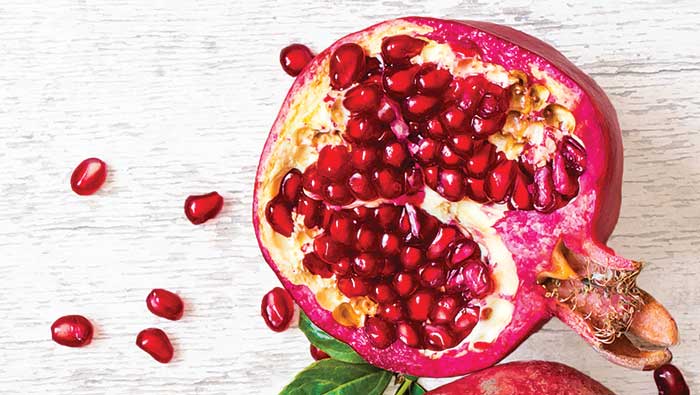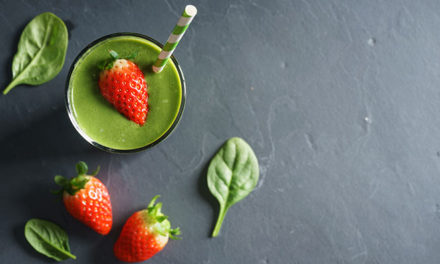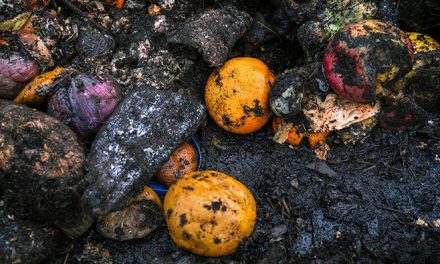
Why the Pomegranate is the Best Winter Fruit
Pomegranates, which generally ripen during the winter months, are commonly known for their vivid color and superfood class. But, as UC Davis horticulturist Stacey Parker revealed, they are also a first-rate winter fruit. They are . . .
Drought tolerant
“Once established, pomegranates are pretty tough. Most fruit trees aren’t like that — they need a lot of supplemental irrigation or nutrition,” said Parker. Pomegranates are also relatively pest- and disease-free.
Nutritious
Rich in antioxidants, the pomegranate is a healthy alternative to other holiday comfort foods. Pomegranates are also low in fat and are a good source of fiber and vitamins D and C.
Decorative
With the holiday season in full swing, pomegranates make for fitting festive decor. Their magenta color is well-suited for dinner tables and handmade wreaths.
Versatile
Pomegranates can be sprinkled on flatbread, tossed into salad or squeezed into juice. Though pomegranates will last in a cool, dry place for up to three months, they can also be jellied or canned for further preservation. “Canning is a really great way to make the harvest last and also keep it from going to waste,” said Parker.
How to cut a pomegranate
- Cut off the top.
- Score the pomegranate into six even sections. Cut just deep enough to go through the outer skin.
- Place the pomegranate into a bowl of water. Pull apart the sections.
- In the water, separate the seeds from the skin so that the membranes float to the top while the seeds sink to the bottom.
- Skim off the membranes and pour the seeds into a sieve to drain the water.
- Rinse the seeds and enjoy.









